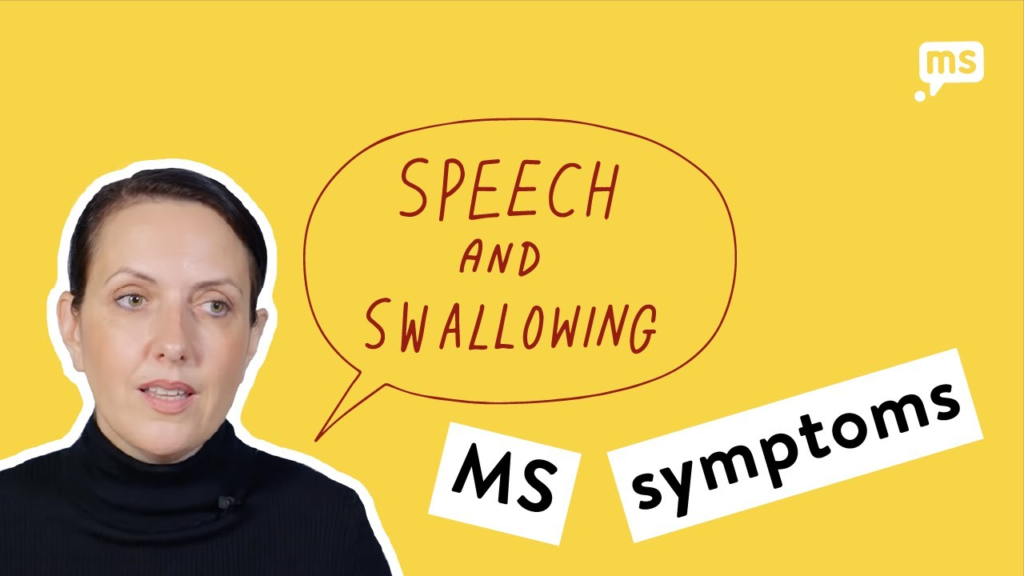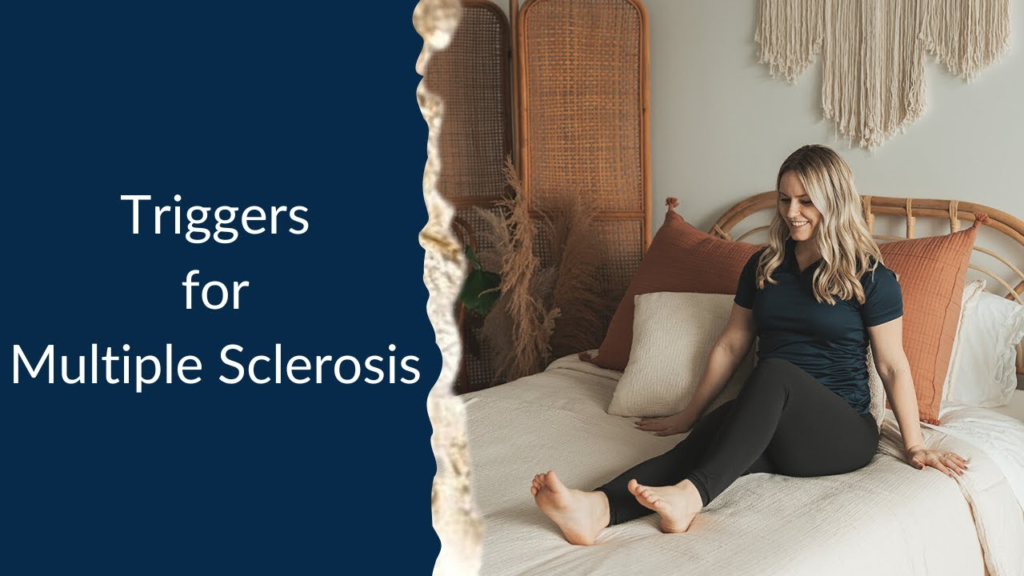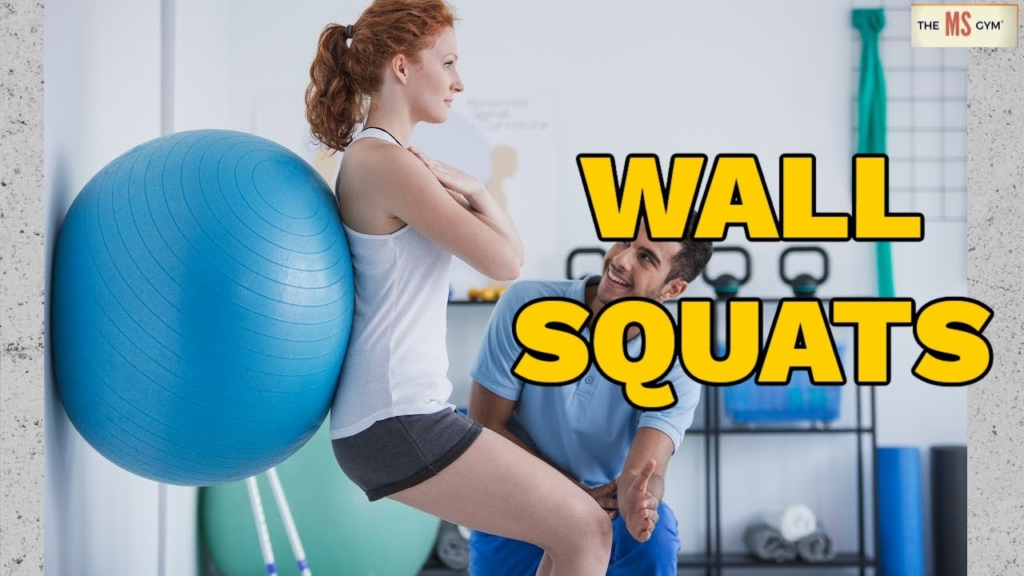
Most persons living with multiple sclerosis (MS) and amyotrophic lateral sclerosis (ALS) continue to get worse. Researchers and healthcare providers don’t know why or how to stop it. Although the two diseases are different, they share the common feature of nerve cell death in the brain and spinal cord. Our research team has discovered how nerve cells like these die and designed new drugs to stop cell death and encourage regeneration! By stopping nerve cell death and promoting their recovery, we believe we can stop MS and ALS in their tracks, improving the lives of persons living with these devastating diseases. Dr. Michael C. Levin (MD) is the Saskatchewan Multiple Sclerosis (MS) Clinical Research Chair and Professor of Neurology at the University of Saskatchewan (USask) College of Medicine. An MS specialist and neuroscientist, Levin has been caring for persons living with MS and conducting research into the cause and treatments for MS for most of his career.
At the University of Tennessee Health Science Center, he was professor, Chief of the Neurology Service at the Memphis Veterans Affairs Medical Center, leading the MS clinic and performed research on RNA binding proteins in MS. His work has been published in top journals, including The New England Journal of Medicine, Nature Medicine, Annals of Neurology, Glia, and Journal of Neuroscience Research. Dr. Levin and his team have received more than 100 awards for academic excellence. He is editor of the Neurology Section of the Merck Manual, on the Medical Advisory Committee of MS Canada and honoured as one of the ‘Best Doctors in America’.



